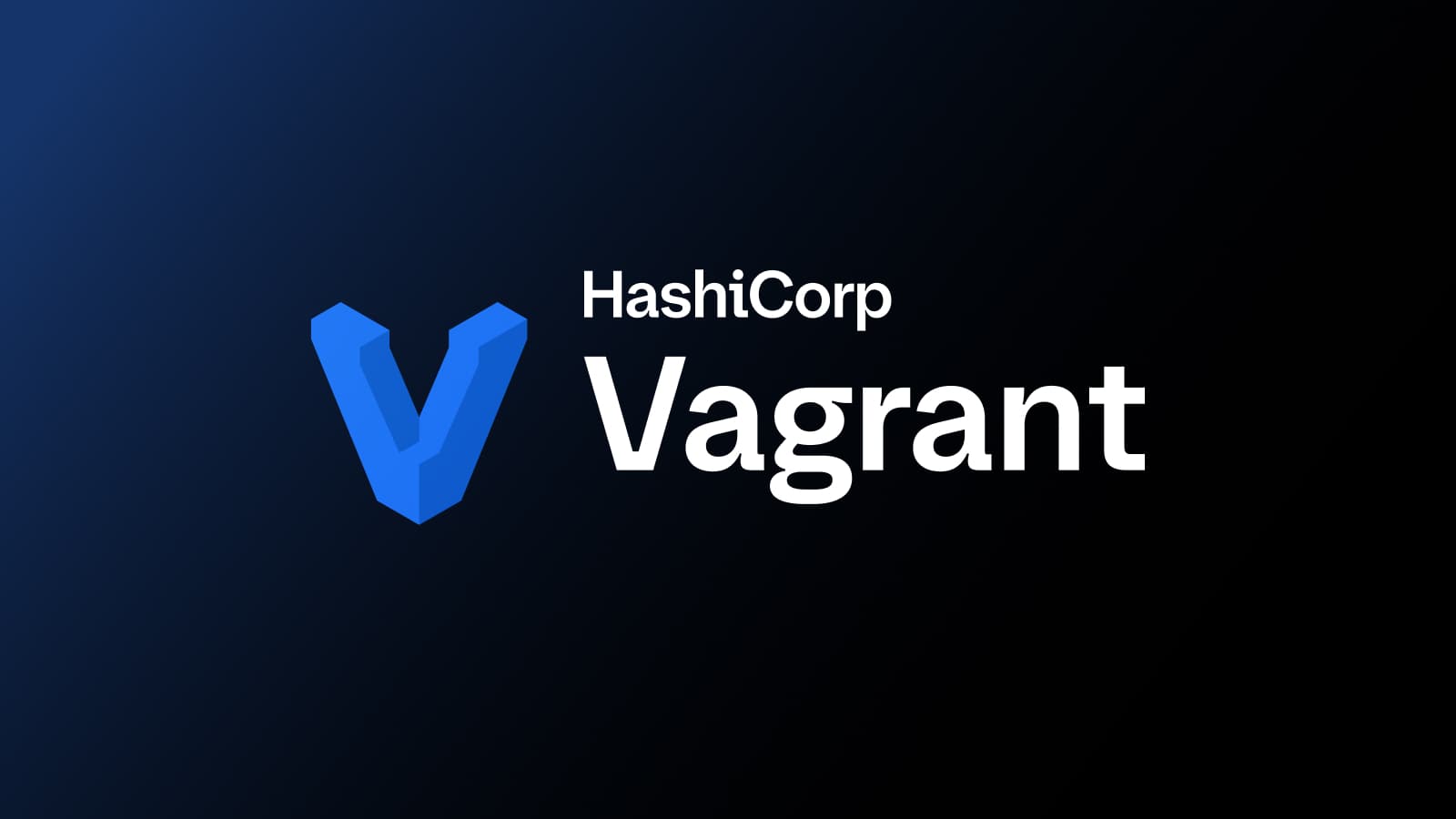Feature Preview: Docker-Based Development Environments
Vagrant 1.6 comes with a new built-in provider: Docker. The Docker provider allows Vagrant to manage development environments that run within containers, rather than virtual machines. This works without any additional software required on Linux, Mac OS X, and Windows.
The Docker provider in Vagrant makes it incredibly easy to keep the workflow you're used to with both Vagrant and Docker while gaining all the benefits of Vagrant: cross-platform portability, synced folders, networking, provisioners, vagrant share, plugins, etc.
On platforms that don't support Linux Containers natively such as Mac OS X and Windows, Vagrant automatically brings up and shares a proxy virtual machine to run Docker. This proxy VM is completely customizable, and Vagrant ensures that synced folders and networking work as you would expect. Users of Vagrant don't need to worry about doing any of this manually.
Read on to learn more.
»Docker, With Vagrant
Vagrant is built to be the best way to manage development environments for applications built with any technology. In many cases, virtual machines are the best answer for this, so Vagrant has used virtual machines for years. But Vagrant isn't tied to virtual machines at all, and in some cases containers are the best option. With the Docker provider, Vagrant builds development environments with Linux containers built with Docker.
Users of Docker who use Vagrant for development get what Vagrant is best known for: the Vagrant workflow. One vagrant up on Linux, Mac, or Windows and developers get a consistent development environment that they can work on. No extra steps other than installing Vagrant, no clicking, and no discontinuity between operating systems.
And due to Vagrant's flexibility, you keep the identical workflow for managing systems that don't use Docker. This might be another Linux-based system, or it might even be something completely different such as a Windows-based development environment. With Vagrant, the workflow is always the same.
»Docker Host VM
Linux containers do not run natively on non-Linux machines. If your developers are on Mac or Windows, they can't run Docker containers natively. Vagrant detects these cases and automatically spins up a Linux virtual machine to run the Docker containers.
Vagrant then shares this virtual machine for all Docker-based development environments with Vagrant. That means with just a single virtual machine, Vagrant can manage many Docker environments.
Even when using a Docker host virtual machine, synced folders, SSH, and other features of Vagrant work just as you expect, uniformly across every platform.
If Vagrant is being used with Docker on Linux, Vagrant won't automatically spin up a virtual machine and instead will run Docker natively.
By default, Vagrant spins up a default virtual machine with Docker installed. But you can also specify any Vagrant-managed machine as the Docker host machine. An example is shown below:
Vagrant.configure("2") do |config|
config.vm.provider "docker" do |d|
d.vagrant\_vagrantfile = "../docker-host/Vagrantfile"
end
end
With the configuration above, Vagrant will use the default machine in the Vagrantfile specified as the Docker host. This is very powerful. With this feature, you can have Vagrant automatically manage a Docker host using any operating system that Vagrant supports, such as Ubuntu, RHEL, or CoreOS. And you can change this host VM for each development environment if you want.
Vagrant is smart: if the host VM matches multiple Vagrantfiles, the single VM will be shared. Vagrant won't spin up multiple VMs if it doesn't have to.
Because Vagrant is just re-using Vagrant underneath the covers to manage this host VM, you're able to use all the features of Vagrant with this VM: provisioners, synced folders, networking, etc. It is the ultimate flexibility in building a development environment that is correct for your project.
»Dockerfiles or Docker Index
The Docker provider in Vagrant is flexible and supports Docker containers from both local Dockerfiles and the Docker Index. This is useful in being able to iterate on a Dockerfile while also depending perhaps on something in an index.
As an example, below is a Vagrantfile that could be used for a web development environment:
Vagrant.configure("2") do |config|
config.vm.define "app" do |app|
app.vm.provider "docker" do |d|
d.build\_dir = "."
d.link "db"
end
end
config.vm.define "db" do |app|
app.vm.provider "docker" do |d|
d.image = "paintedfox/postgresql"
d.name = "db"
end
end
end
In the example above, we build the "app" environment from a Dockerfile that might build the container for our web application. This app environment then links to the "db" environment which uses the "paintedfox/postgresql" image to provide a PostgreSQL database.
And in both cases, synced folders work as you would expect with Vagrant, so data can be persisted outside the containers and file modifications can be mirrored back into the containers.
»Containers with SSH
The general approach to Docker containers is to have each container be a single application instead of a complete multi-process system. In these cases, SSH is unavailable so you can't take advantage of Vagrant features such as vagrant ssh, provisioners, etc. However, if the container does support SSH, then all these features are supported and do work.
For example, the Vagrantfile below uses baseimage created by Phusion which behaves more like a lightweight virtual machine.
Vagrant.configure("2") do |config|
config.vm.provider "docker" do |d|
d.cmd = \["/sbin/my\_init", "--enable-insecure-key"\]
d.image = "phusion/baseimage"
d.has\_ssh = true
end
config.ssh.username = "root"
config.ssh.private\_key\_path = "phusion.key"
end
Assuming you have "phusion.key" in place, the above will start the container, wait for SSH, and run any provisioners, set any hostnames, etc. Additionally, vagrant ssh works perfectly.
And again, all of these features work whether you're running Docker natively or running Docker via an automatically managed host VM from Vagrant.
»Docker-Specific Enhancements
So far, the behavior and workflow of using Docker with Vagrant has been identical to if you had been using Vagrant with VirtualBox, VMware, or a cloud service such as EC2.
However, Vagrant 1.6 does introduce some new commands that are made specifically for the Docker provider to give some additional utility to Vagrant.
docker-logs shows the logs from a container and optionally allows you to tail the logs. For single-process (non-SSH) containers, this is a great way to watch the output of the process. An example is shown below:
$ vagrant docker-logs web
Server listening on port 3000...
GET / 200 62.4ms
GET /images/header.png 200 3.1ms
GET /images/footer.png 200 2.8ms
docker-run allows you to execute one-off commands in new containers. Along with synced folders, this is useful for some environments. For example, if you wanted to run tests in a Rails environment, it might look like the following:
$ vagrant docker-run web -- rake test:unit
...
»Next
The Docker provider allows Vagrant to manage development environments with Docker-managed Linux containers. This lets users of Vagrant use this style of development where it makes sense, without sacrificing the workflow of any other development environments.
We're now nearing the release of Vagrant 1.6! The feature previews are just about over and we're excited to gear up for a release shortly.
Sign up for the latest HashiCorp news
More blog posts like this one

Vagrant Cloud is moving to HCP
Vagrant Cloud is moving to HashiCorp Cloud Platform (HCP) as the HCP Vagrant Registry.

HashiCorp 2022 Year in Review
Before we ring in the new year, here’s a look back at some of the most important moments in 2022 for HashiCorp.

Vagrant 2.3 Introduces Go Runtime
HashiCorp Vagrant 2.3 introduces a new Vagrant executable written in Golang, tying the Vagrant architecture more closely into the broader HashiCorp ecosystem.